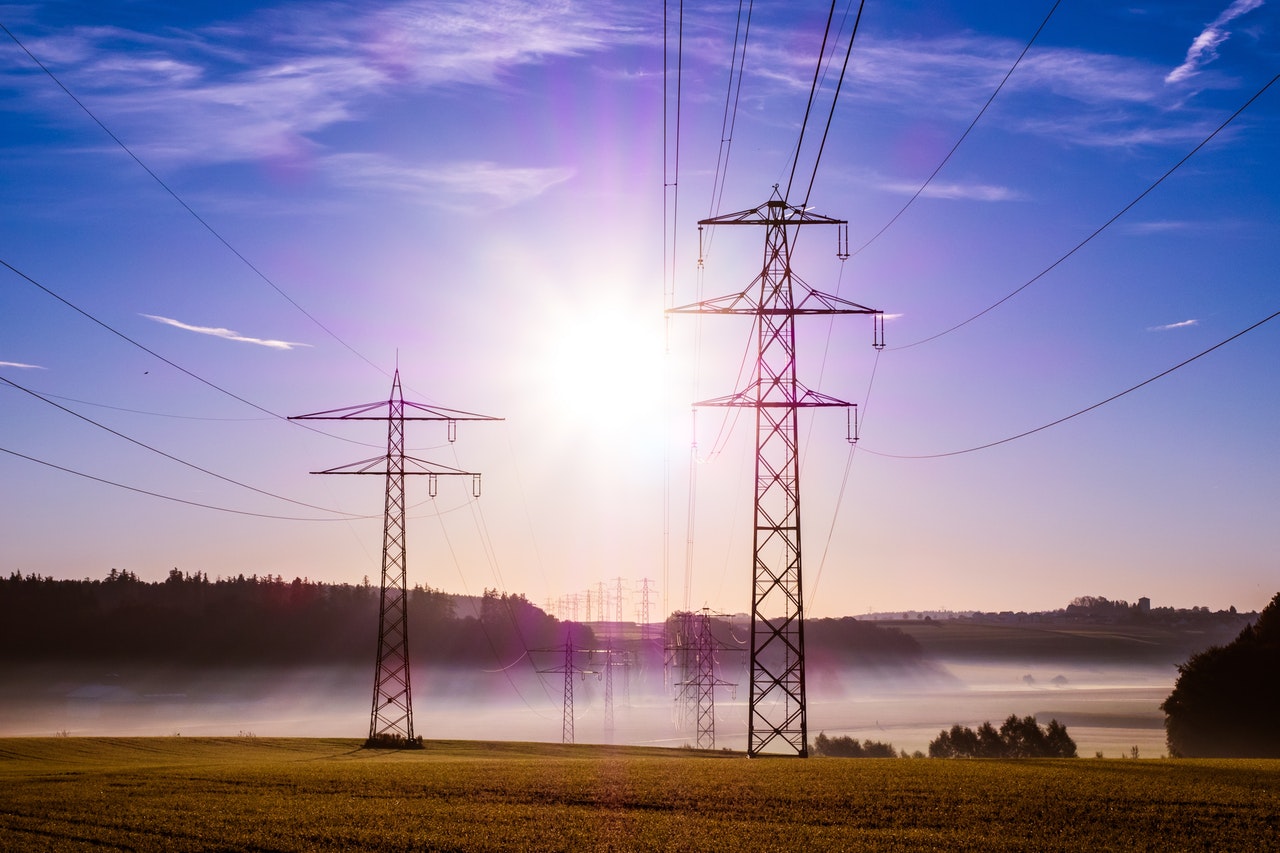
Many existing electrical grids were built in the previous century and have components that are now significantly aged. Energy providers have to find newer and more effective solutions to address this issue and keep their transmission line asset management effective for many more years.
Why Effective Transmission Line Asset Management is Crucial
Transmission line asset management involves the regular maintenance and assessment of cables along an electrical grid. Without an effective system, companies will fail one some of all these goals:
- Optimize costs
- Ensure safety for operations
- Extend the life of transmission line assets
- Ensure reliability and maintain customer trust
- Compliance to continually updating regulatory requirements
Safety and Functionality Risks the Challenge Current Transmission Line Maintenance Practices
Amidst the flurry of environmental concerns and the drive to balance the traditional grid with clean and renewable energy, funding for complete transmission line replacement is hardly justified.
Providers and operators in the industry are pressed to innovate their maintenance practices, especially to save resources on mitigating the following issues:
- Imbalanced structural load
- Compromised capacity and integrity of aged assets
- Compliance of old transmission lines to new energy regulations
The Fresh Approach that Promises to Mitigate These TLA Management Issues
Instead of taking the traditional and costly approach, service providers for transmission networks are developing new strategies that make more economic and operational sense in the 21st-century setting.
ElectraNet Ptd. Ltd., a provider for South Australia, recently found a new approach that solved the TLA challenge for them. Electranet’s condition-based component replacement coupled with a reliability-centered maintenance program revamped its maintenance system. The same approach holds high promise for other TLA companies as well.
Condition-Based Component Replacement Approach (CBCRA)
This strategy optimizes the economic benefit of transmission line physical components. It leverages available technology, like digital monitoring and data collection, to extract accurate information about the asset during regular maintenance routines. The data are then extrapolated to predict future failures, including what and when issues are most likely to occur.
As a result, the functionality of the assets is extended beyond their estimated useful life. This approach may seem basic, yet it is not implemented often enough in actual practice. The conventional approach for even large players was reactive maintenance, which addressed defects and issues after the fact.
Reliability-Centered Maintenance Program (RCMP)
The RCMP or reliability-centered maintenance approach complements CBCRA with capital, operational, and maintenance policies for effective risk management regarding equipment and component failures.
In this approach, CBCRA provides technology and best practices while RCMP lays down the policies and framework. Both of these strategies work hand-in-hand to make transmission line management optimal, economical, and appropriate for current operation trends and electrical standards.
A Proactive Strategy for the 21st Century
In the past decades, the focus of transmission line asset management was on troubleshooting and repairs. By today’s standards, reactive maintenance no longer cuts it. Small delivery problems could snowball into safety threats and losses for consumers. Condition-based maintenance and reliability-centered maintenance program can be the start of the era of proactive asset management in the energy sector. If it is given enough attention for development, that is.

